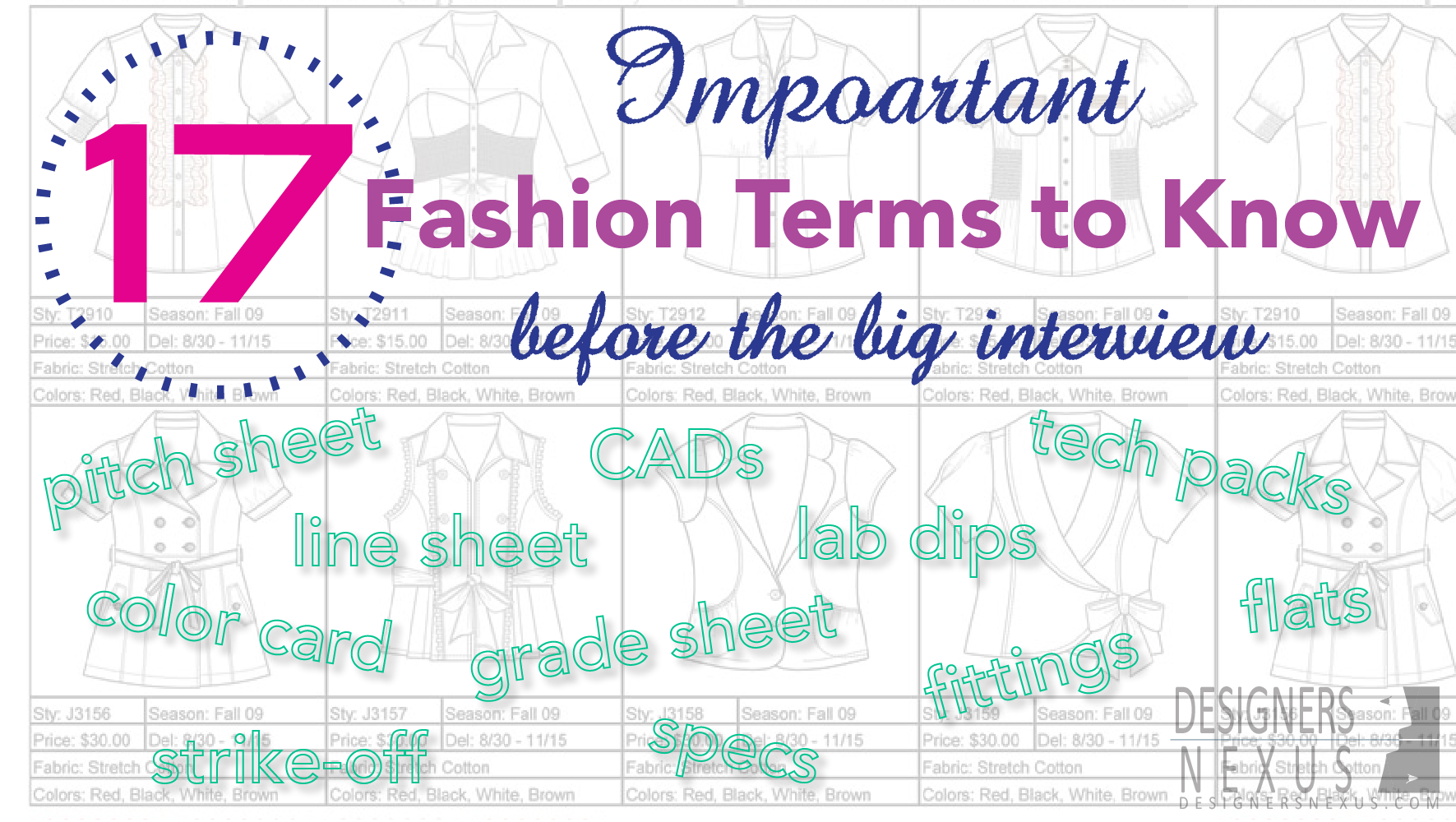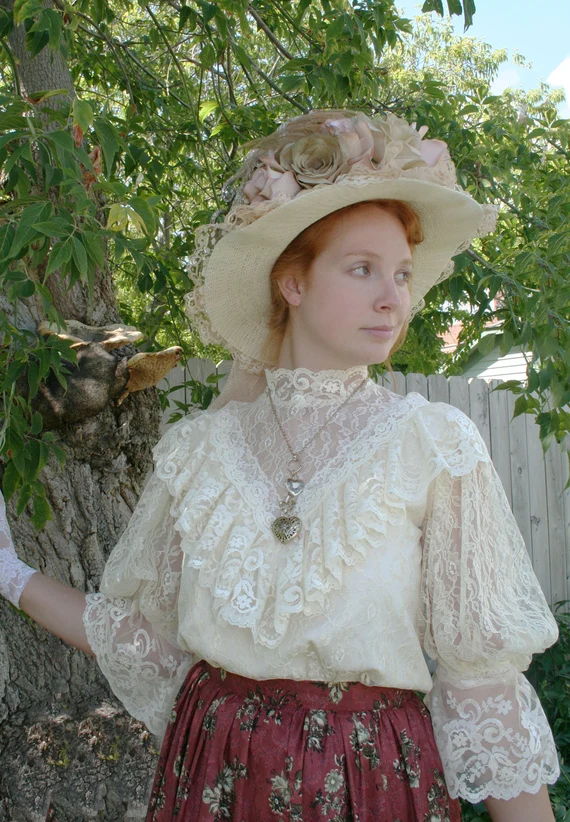Understanding how to abbreviate fashion is essential for anyone involved in the industry, from designers to marketers. Abbreviations and acronyms streamline communication, especially in a fast-paced environment where clarity is crucial. This article delves into the various ways to abbreviate fashion, exploring common terms, their meanings, and their applications across different contexts.
1. Introduction to Fashion Abbreviations
Fashion abbreviations are shorthand terms used to represent longer phrases or concepts within the industry. They facilitate quick communication and help professionals convey complex ideas succinctly. Understanding these terms is vital for effective collaboration and staying updated with industry trends.
2. What Are Abbreviations and Acronyms?
Abbreviations encompass all forms of shortened words, while acronyms specifically use the initial letters of a phrase to create a new term. For example, “BOM” stands for “Bill of Materials,” illustrating how acronyms function within the fashion lexicon.
3. Common Fashion Abbreviations
Here are some frequently used abbreviations in the fashion industry:
- F/W: Fall/Winter
- S/S: Spring/Summer
- RTW: Ready To Wear
- OOTD: Outfit Of The Day
- DTC: Direct To Consumer
These abbreviations help professionals quickly identify collections, seasons, and marketing strategies.
4. Seasonal Abbreviations
Fashion operates on seasonal cycles, which are crucial for planning collections and marketing strategies. The following are standard seasonal abbreviations:
| Abbreviation | Meaning |
| F/W | Fall/Winter |
| S/S | Spring/Summer |
These terms indicate the timeframes during which specific collections are released2.
5. Social Media and Informal Abbreviations

The rise of social media has introduced a new set of informal abbreviations that reflect contemporary communication styles:
- Fash: A casual term for fashion, often used in texts and social media.
- OOTD: Commonly used to showcase daily outfits on platforms like Instagram.
These terms have become integral to digital fashion conversations, allowing users to engage with content more efficiently.
6. Industry-Specific Abbreviations
Certain abbreviations are unique to specific areas within the fashion industry:
- BOM: Bill of Materials
- MOQ: Minimum Order Quantity
- PPS: Pre-Production Sample
These terms are essential for understanding production processes and supply chain management.
7. The Role of Fashion Weeks
Fashion Weeks are pivotal events in the industry, showcasing new collections from various designers. The abbreviation F/W can also refer to these events, indicating the season being presented:
| Event | Abbreviation |
| Fall/Winter | F/W |
| Spring/Summer | S/S |
Understanding these abbreviations helps professionals stay informed about upcoming trends and releases.
8. Abbreviations in Marketing
In marketing contexts, specific abbreviations help streamline communication about campaigns and strategies:
- DTC: Direct To Consumer
- CPG: Consumer Packaged Goods
These terms allow marketers to discuss strategies efficiently without lengthy explanations.
9. Fashion Terminology in Design

Designers frequently use specific abbreviations that relate directly to garment construction and specifications:
- GG: Gauge (stitches per inch)
- SA: Seam Allowance
- LS: Lock Stitch
These terms are critical for ensuring accurate production and quality control.
10. The Impact of Digital Communication
Digital platforms have significantly influenced how fashion is communicated, leading to an increased use of abbreviations due to character limits and fast-paced interactions. Hashtags like #OOTD and #Fash have become commonplace, serving as tools for community engagement and branding.
11. International Considerations
In a globalized fashion market, understanding international abbreviations is essential. For example:
- COO: Country Of Origin
- CNY: Chinese New Year (important for production timelines)
These terms help navigate the complexities of international manufacturing and trade.
12. Future Trends in Fashion Abbreviations
As the fashion industry evolves, so too will its vocabulary. New technologies and cultural shifts will likely introduce fresh abbreviations that reflect changing practices and consumer behaviors. Keeping abreast of these developments is crucial for professionals aiming to remain relevant in the field.
13. Conclusion
Abbreviating fashion not only enhances communication efficiency but also reflects broader trends within the industry. From seasonal collections to marketing strategies, understanding these terms is vital for anyone involved in fashion




